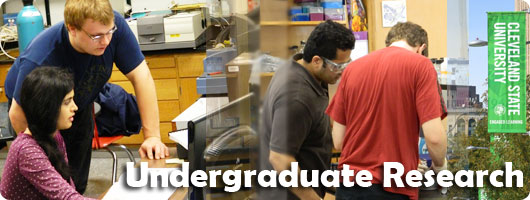Files
Download Full Text (108 KB)
Description
African Clawed Toads turn toward waves created by prey. We studied turning of four frogs. We concentrated on body movement, leg action and hip, knee and ankle movements, classified respectively as pushing/pulling or extension/flexion/ return. As expected, we observed symmetrical patterns for left and right stimuli. Very rostral stimuli (+- 30 °) generally elicited a forward movement as the legs extended and pushed; hips extended while knee and ankle movement varied according to turn angle. More lateral and caudal stimuli commonly elicited an initial backward movement of the rear of the body as one or both legs pulled, reflecting hip flexion. Knee and ankle movement again varied by turn angle and together with the pulling initiated body rotation. Turning usually continued with a sweeping push by the contralateral leg, involving hip and knee extension and knee flexion. Overall leg movement patterns are similar when compared amongst frogs though the strength of joint flexion and extension vary. Variation in joint movement may be influenced by the overall size of the frog.
Publication Date
9-5-2013
Disciplines
Environmental Sciences
Recommended Citation
Andrikanich, Rachel; Hein, William; and Dean, Jeffrey, "Analysis of Turning Behavior in the African Clawed Frog" (2013). Undergraduate Research Posters 2013. 6.
https://engagedscholarship.csuohio.edu/u_poster_2013/6




Comments
Student Researchers: Rachel Andrikanich; William Hein
Faculty Advisor: Jeffrey Dean